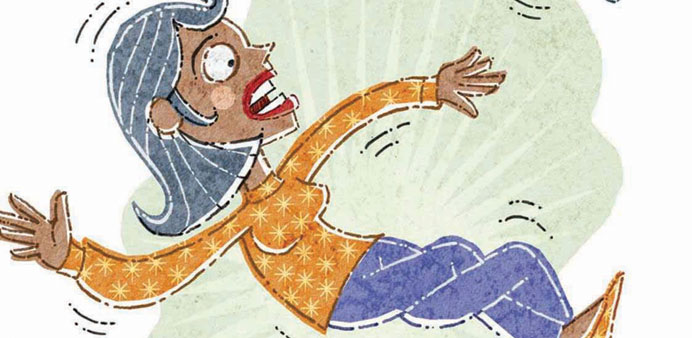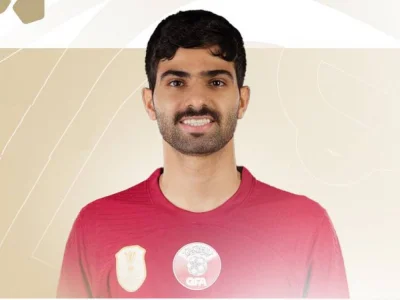By Latasha Lewis/Detroit Free Press/TNS
In October, I dislocated my shoulder.
I was doing a double jack burpee and my hand slipped, then my shoulder decided to go another way. The first thing people said after the incident was, “You can’t do that exercise again.”
First, I am not the typical 43-year-old. Telling me what I can’t do only pushes me to do more, and to do it better. Secondly, I always assess situations to see what can be done differently. Lastly, I will always comply with all of my doctors’ and physical therapy orders, and I will modify my workouts until I fully recover; however, I will not live in fear.
From the moment the incident happened, I kept calm. I also knew that pain is temporary and relief was moments away. All I had to do was hang in there and get to a hospital.
The normal procedure to reduce a dislocated shoulder is to do conscious sedation, which has risk factors as well as a longer hospital recovery time. So I chose not to do conscious sedation to reduce my shoulder pain. I looked at my doctor, my nurse and team and yelled, “Can I get it, get it, get it?” With laughter in the air, the team popped my arm back in place. I was elated and relieved at the same time.
The incident had happened; it was under control, then the real work began with post-recovery. This is where multiple doctor appointments, diagnostic studies and physical therapy came into play. My orthopaedic surgeon was very stern with me. He said: “You have a small tear and a bruised bone, and whether you have surgery or not depends on how dedicated you are to your physical therapy.”
Going from a very active lifestyle like mine to modifying and asking for help is a very humbling experience.
Physical therapy opened my eyes to a different form of fitness, because that’s just what it is. As much as you don’t like exercising when your body is 100%, imagine going to therapy already in pain, with a limited range of motion. There were many days I wanted to not show up, but I knew that the only person that would hurt is me.
Three months after the incident, at a doctor’s appointment, my orthopaedic surgeon walked into the room and pulled up my MRI. He gave me a high five and said, “Great job; you did it.”
A big sigh of relief came over me. I know I am not 100% yet; however, I am on the right track to a full recovery.
Recovery works if you put in the work. Here are some lessons I was reminded of along the way:
♦ Injuries and accidents will happen; that’s life! How you choose to recover is totally your choice. Don’t get settled in on the couch after an injury, and slowly drift back into a sedentary lifestyle.
♦ Focus on what you can do and stop dwelling on what you can’t. Some of us become prisoners in our minds when our bodies are willing to give all.
♦ Get an accountability partner. My team has been truly amazing during my recovery. They had and still have a very watchful eye on me, and will often tell me to chill out when I’m doing too much. But they don’t enable me.
♦ About 80% of this healthy journey is what you eat. I knew that since I wouldn’t be doing three workout sessions a day for awhile I would have to be even more on point with my eating. Plus, great nutrition helps the body heal faster.
♦ Make your life a little easier during recovery. I was unable to raise my arm for a while so doing daily activities such as doing my hair was nearly impossible. So I got my hair braided. (I couldn’t walk around looking a mess.)
♦ Celebrate the small victories. When I was able to raise my arm completely, I shouted for joy. When I was able to hold a plank position or do a modified push-up, I told the world. Everything will not come back all at once, so celebrate the little things.
♦ Don’t allow yourself to indulge in any “mess” whatsoever. Don’t live in the past or live in fear. It will cripple you mentally, and have you doubting yourself and your abilities.



